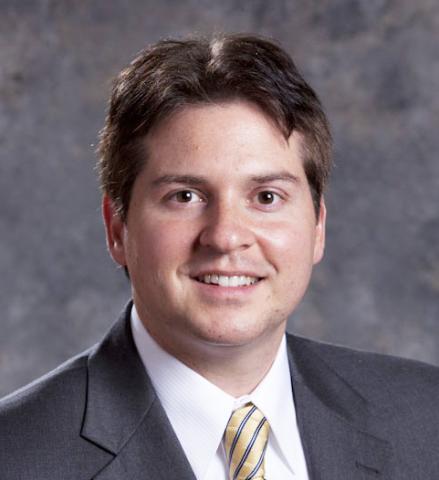event
BME Speaker Seminar with Kacy Cullen, Ph.D.*
Primary tabs
Kacy Cullen, Ph.D.*
Associate Professor of Neurosurgery
Co-Director, Center for Neurotrauma, Neurodegeneration & Restoration
Graduate Group Affiliations:
Neuroscience and Bioengineering
University of Pennsylvania School of Medicine
Tissue Engineered ‘Living Scaffolds’ for Nervous System Reconstruction and Neuromodulation
ABSTRACT
Neurotrauma or neurodegenerative disease commonly result in the disconnection of axon pathways – the long-distance fibers connecting specialized regions of the central nervous system (CNS) or relaying peripheral signals to/from the extremities. Unfortunately, functional axonal regeneration rarely occurs due to extreme distances to targets, absence of directed guidance, and, in the CNS, the presence of inhibitory factors – often resulting in permanent cognitive and/or sensorimotor deficits. To address this need, the Cullen Lab is pioneering the development of so-called “living scaffolds”, which are anatomically-inspired tissue engineered constructs consisting of neural cells in a defined, anisotropic architecture. These “living scaffolds” recapitulate developmental mechanisms by providing a living labeled pathway for targeted axonal regeneration or neuronal migration, and in some cases may physically “wire in” to replace or modulate complex brain circuitry. One example mimics the general systems-level architecture of the nervous system: discrete neuronal populations spanned by long axonal tracts. These constructs serve as regenerative bridges to facilitate long-distance axonal regeneration based on the newly discovered mechanism of “axon-facilitated axon regeneration”. In another application, we are utilizing implantable neural networks for minimally invasive neurosurgical reconstruction of long-distance sensorimotor or dopaminergic axon tracts that are vulnerable in traumatic brain injury and Parkinson’s disease. We also apply micro-constructs of engineered axonal tracts as the first biological “living electrodes” for synaptic-based modulation of neural circuitry. Collectively, this research lays the foundation for implantable, preformed neural networks as a versatile platform technology to precisely restore or augment neural circuitry with broad therapeutic application. Although there are formidable challenges in preclinical and clinical advancement, these tissue engineered “living scaffolds” represent a promising strategy to restore nervous system structure and function following injury or disease.
Host: Garrett Stanley, Ph.D.
Additional support provided by Georgia Tech Neuro, Petit Institute.
Thursday, April 27
2:00 p.m.
Petit Institute, Room 1128
Videoconference:
HSRB E160 and TEP 104
Status
- Workflow Status:Published
- Created By:Walter Rich
- Created:04/13/2017
- Modified By:Walter Rich
- Modified:04/21/2017
Categories
Keywords
Target Audience

